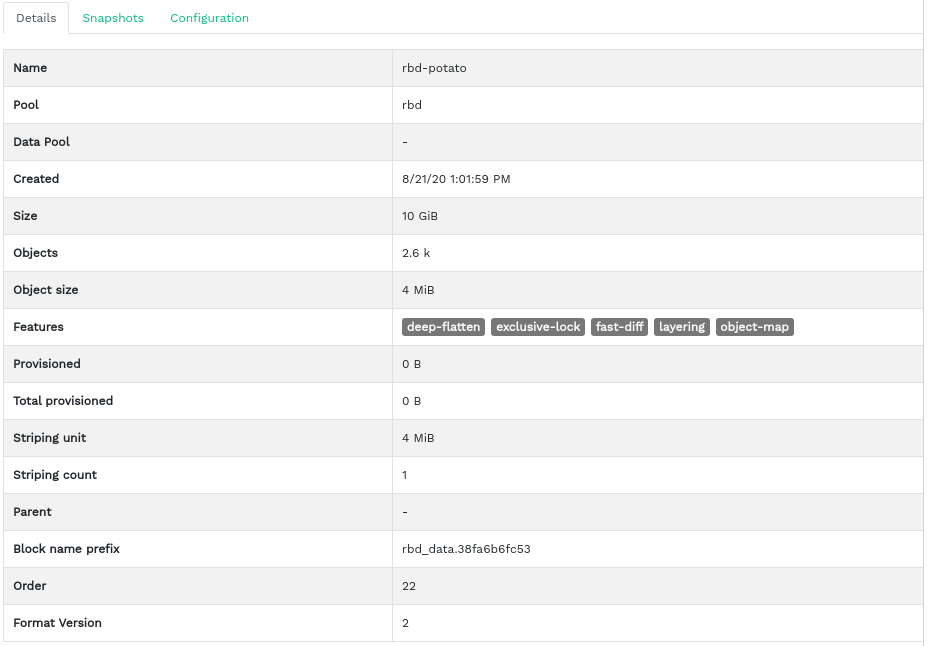
This will read in all the tapes in the IO station, read the labels and define them to Spectrum Protect as scratch. The command for a SCSI library isĬheckin libv Library_name search=bulk checklabel=yes status=scr The syntax of the command varies slightly depending on what type of library you have. You place your new cartridges into the IO station then run a checkin command. IBM Spectrum Protect needs to know where it's tapes are if they are stored in tape libraries and to keep it informed you use CHECKIN and CHECKOUT commandsĪ tape library has a small compartment usually called an IO station with a door. Once you re-define the library and paths, you need to re-generate the library inventory by running the following commands, which must be run in the sequence shown.Ĭheckin libvol library_name search=yes checklabel=barcode status=scratchĬheckin libvol library_name search=yes checklabel=barcode status=private You do this with the 'delete library library_name' command.

After you remove the tape paths, you have to delete the library itself to remove the IBM Spectrum Protect server library inventory. Sometimes, especially with IBM Spectrum Protect servers hosted on Windows, it is necessary to delete and redefine a tape libary. This is to allow any read operations to proceed (e.g.: restore) and cause a manual mount request, but write operations will not attempt to access the volume. IBM Spectrum Protect will automatically toggle the volume's access mode from ReadOnly to ReadWrite and back again as it is moved in and out of the library. When processing an manual mount request, you must use the 'Checkin Libvol' command to update the library inventory and tell Spectrum Protect that the tape is back in the robot (since that is ultimately how the tape gets mounted). The distinction is whether they have the media state of 'MOUNABLEINLIB' or 'MOUNTABLENOTINLIB', and this tells IBM Spectrum Protect whether to ask the robot for to mount the volume or to issue a manual mount request. We can 'move' tapes outside of the library to a nearby 'location', but the tapes are still considered as mountable. The 'MOVE MEDIA' command gives us the ability to have a combination automatic/manual library.


The trick is to eject older tapes from the library that you are not likely to use for a while, and keep the active tapes in the library. If your library becomes full, you may need to free up some slots.


 0 kommentar(er)
0 kommentar(er)
